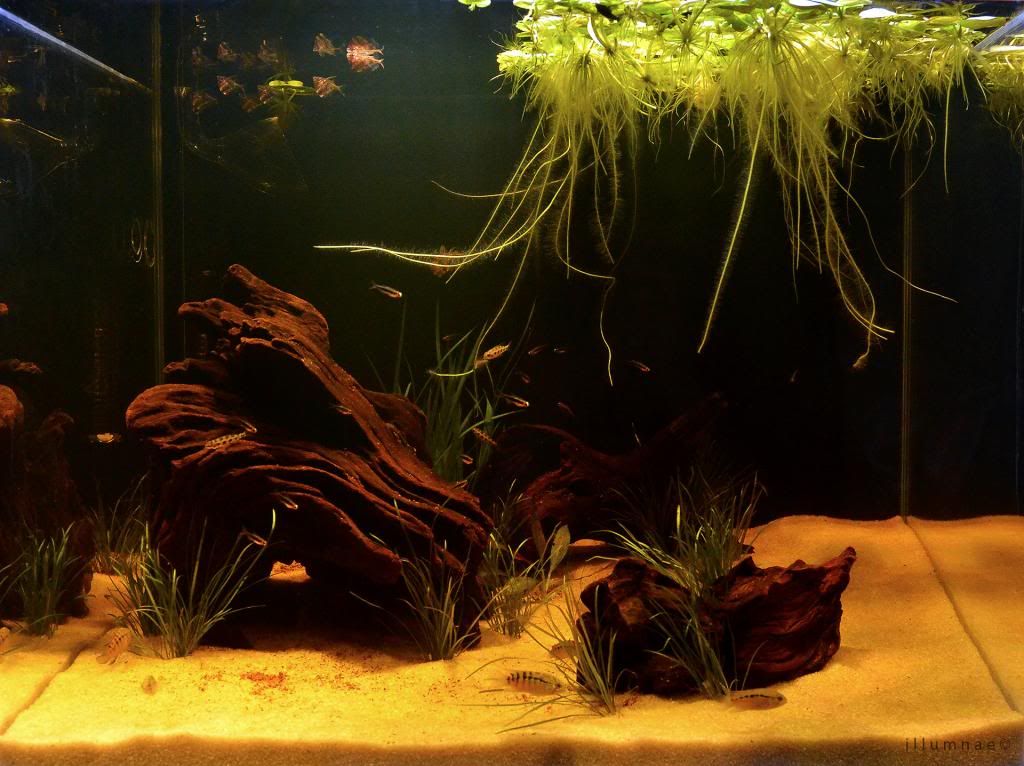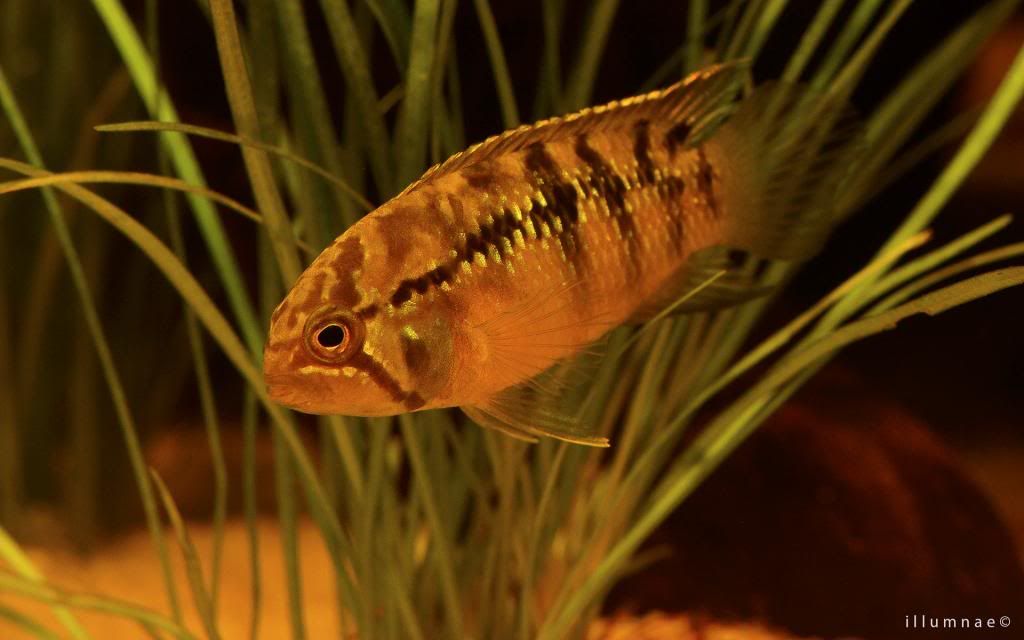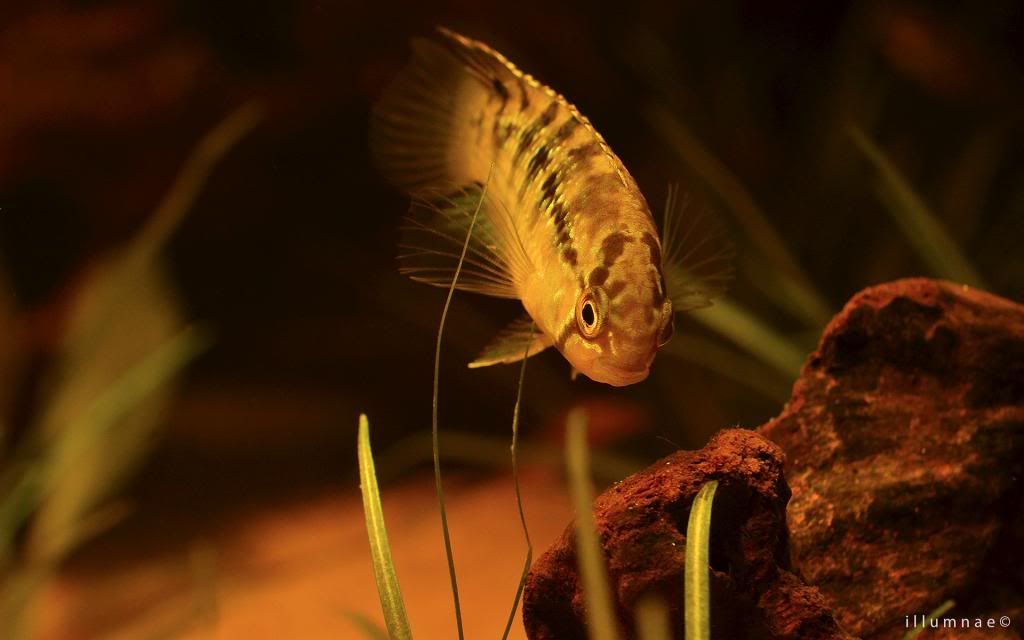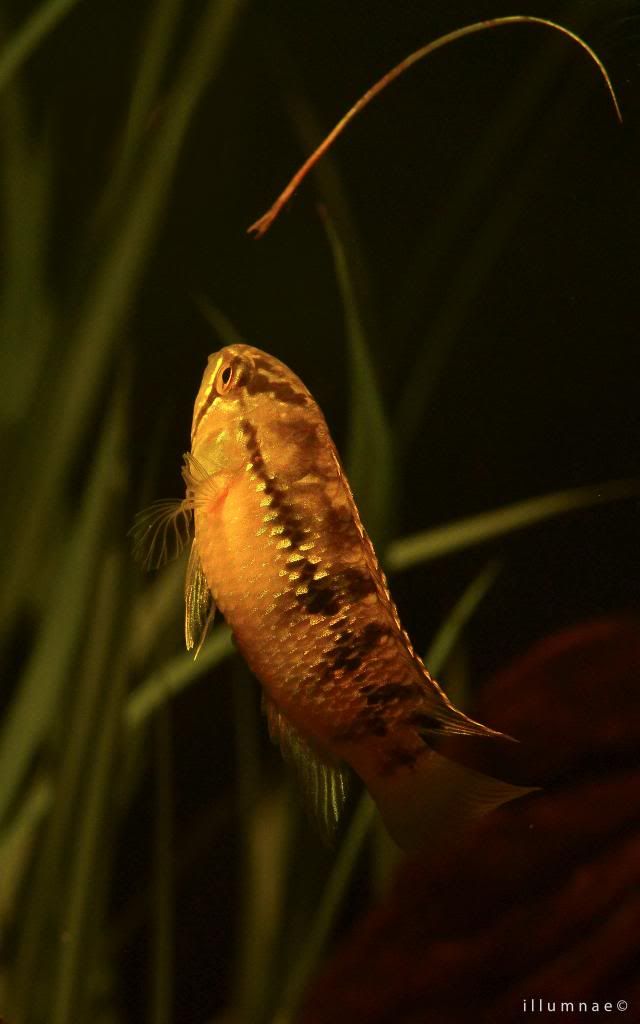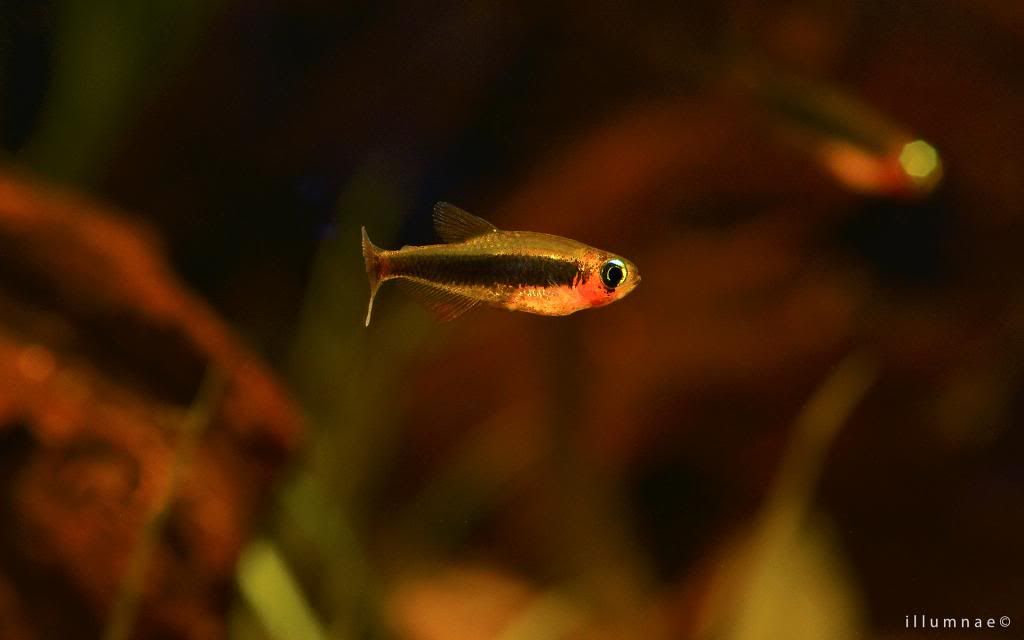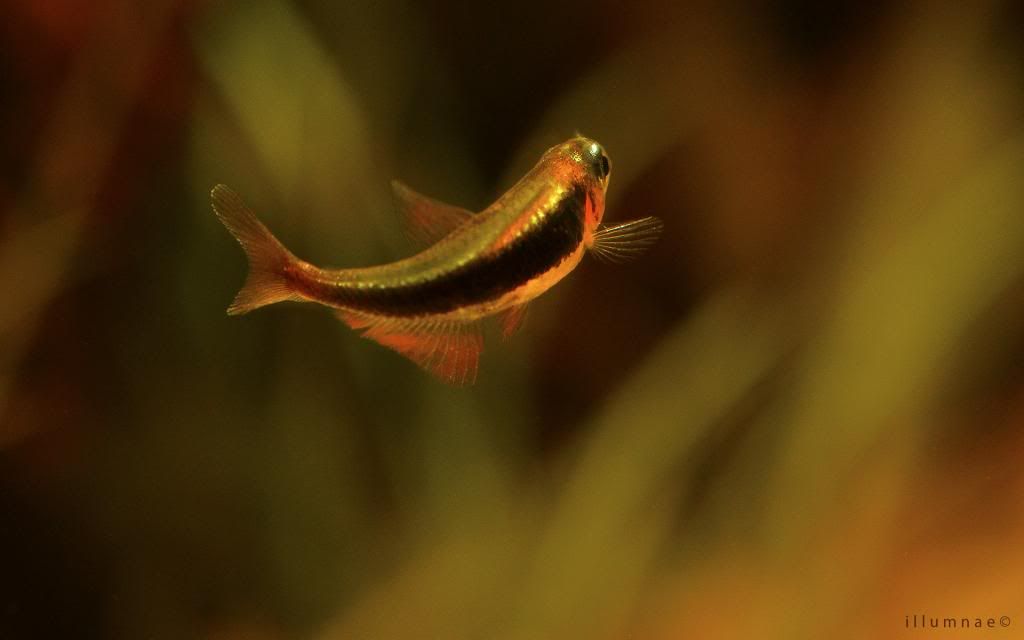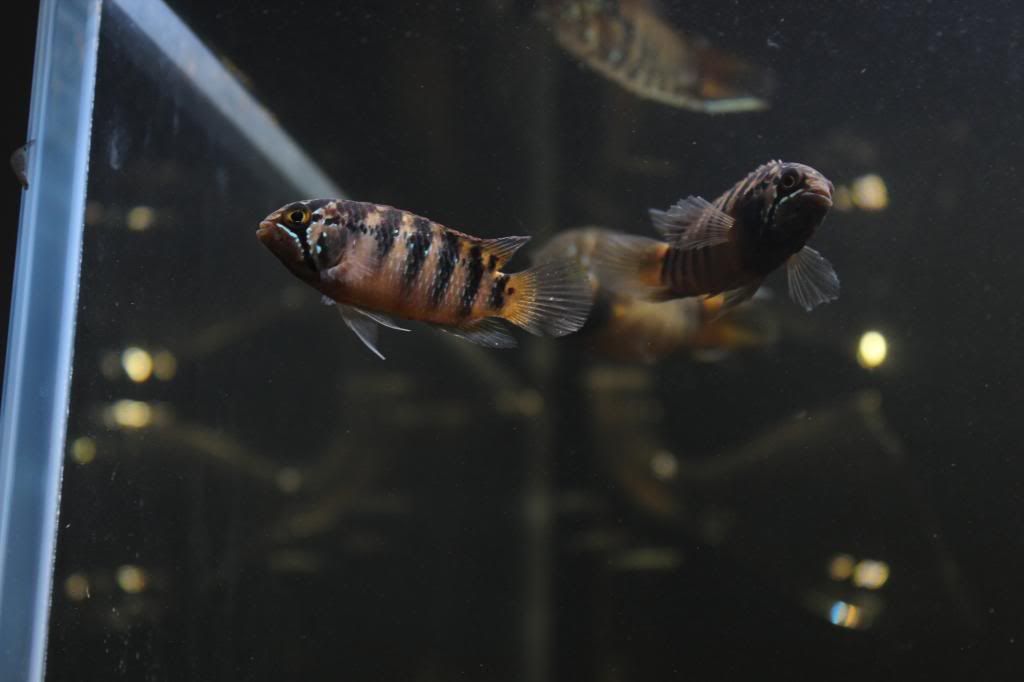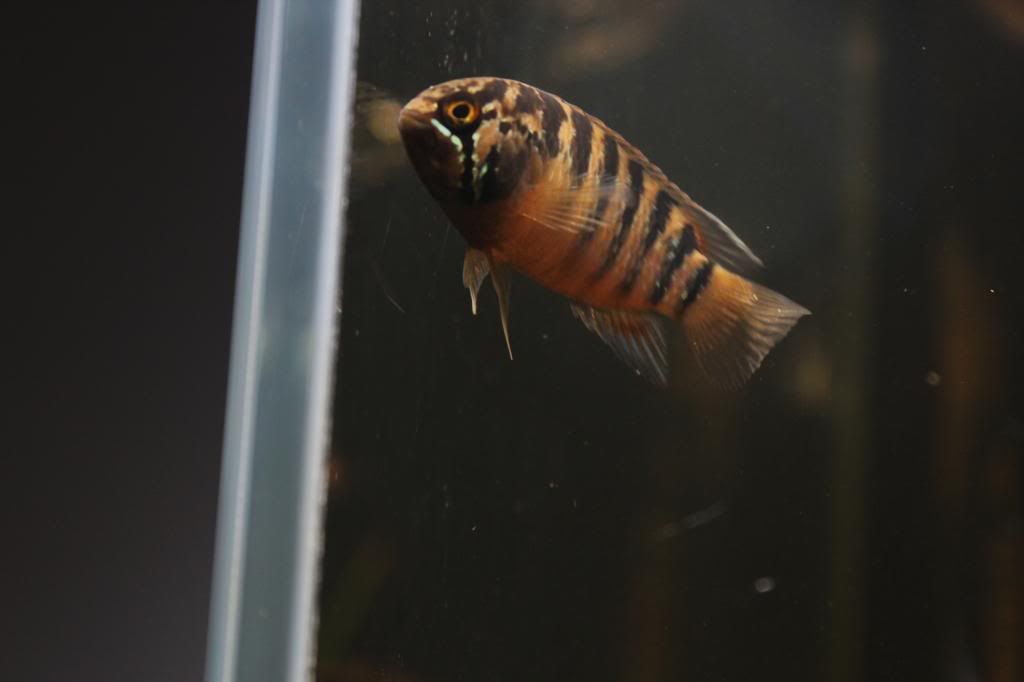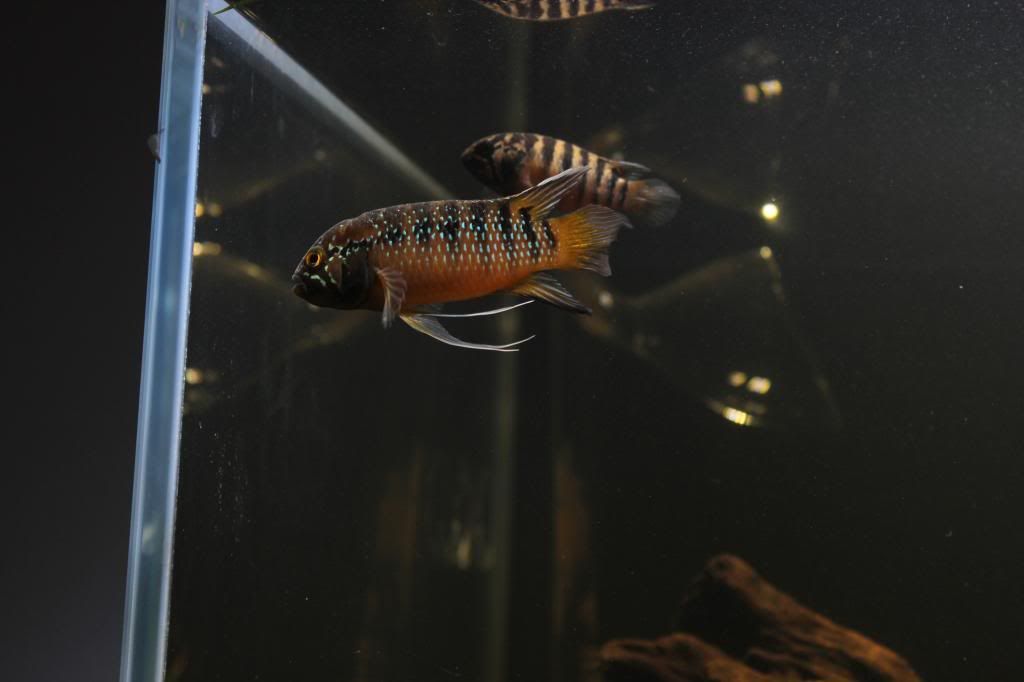Hi all, my LFS is getting in a shipment from Glazer and in the shipment are some German bred Ivanacara adoketa juveniles. I'm thinking of setting up a 24x18x18 (about 30 gallons) biotope tank for about 5-6 juveniles to raise them and hopefully eventually get a pair or two out of the group (I hear this species can't simply be paired up by throwing one of each sex together).
This tank will be filtered by an Eheim 2075 connected to a Hailea HC150a chiller. Chiller will be switched on as required, as my tanks reach up to 31C on hot days, and it's summer all year round here. Ivanacara adoketa is supposed to prefer temperature in the range of 25-28C.
I've tried to do some research about sympatric fish, but the only information I can find are that they can be found with tucano tetras, which are not available to me. In the same shipment there are true Ancistrus L183, which also dwell in the Rio Negro. Are they suitable biotope accurate fish? I also have access to green neon tetras, but not sure if they'll decimate the fry eventually. I may be able to get beckfordi pencilfish, as well as red and purple ones (but they are from Peru!). 3 line and dwarf pencils are rarely if ever available. I can get marbled hatchets too.
Appreciate advise on the sympatric fish as well as tips on tank decor. I have got fine white sand from a garden Centre and almost limitless access to cheap/free Indian Almond leaves (they are native here).
Thanks in advance!!
This tank will be filtered by an Eheim 2075 connected to a Hailea HC150a chiller. Chiller will be switched on as required, as my tanks reach up to 31C on hot days, and it's summer all year round here. Ivanacara adoketa is supposed to prefer temperature in the range of 25-28C.
I've tried to do some research about sympatric fish, but the only information I can find are that they can be found with tucano tetras, which are not available to me. In the same shipment there are true Ancistrus L183, which also dwell in the Rio Negro. Are they suitable biotope accurate fish? I also have access to green neon tetras, but not sure if they'll decimate the fry eventually. I may be able to get beckfordi pencilfish, as well as red and purple ones (but they are from Peru!). 3 line and dwarf pencils are rarely if ever available. I can get marbled hatchets too.
Appreciate advise on the sympatric fish as well as tips on tank decor. I have got fine white sand from a garden Centre and almost limitless access to cheap/free Indian Almond leaves (they are native here).
Thanks in advance!!

